Introduction: The Quest for Authentic Queer Narratives
The landscape of queer media has evolved dramatically over the decades, yet a persistent question lingers: who are these stories truly for? Not every queer film or television show resonates equally with its intended audience, and the disparity between authentic representation and opportunistic pandering has sparked vibrant discussions within the LGBTQ+ community. From groundbreaking classics to controversial missteps, queer media spans a spectrum of quality and intent. Social media platforms, particularly TikTok, have become a dynamic arena where queer creators dissect these works with passion, humor, and critical insight, offering taxonomies that categorize media as "for the community" or "for a broader, often straight, audience." This article delves into the nuances of queer representation, exploring why some stories feel like love letters to the community while others seem like calculated studio cash grabs. By examining key films and shows, historical context, cultural significance, and the voices of creators like Connor Diddle and @tellthebees, we aim to unpack what makes queer media authentic and meaningful.
The Evolution of Queer Media: A Historical Perspective
Queer representation in film and television has a complex history, shaped by societal attitudes, censorship, and the gradual push for visibility. In the early 20th century, queerness in media was largely relegated to subtext due to strict censorship codes like the Hays Code in Hollywood, which prohibited explicit depictions of "sexual perversion." Films like *The Children's Hour* (1961) hinted at queer themes but often framed them as tragic or taboo, reflecting the era's repressive attitudes. The 1970s and 1980s saw incremental progress with films like *Cabaret* (1972) and *Victor/Victoria* (1982), which explored gender and sexual ambiguity but often catered to straight audiences' curiosity rather than authentically representing queer lives.
The 1990s marked a turning point with the rise of the New Queer Cinema movement, a wave of independent films that embraced bold, unapologetic queer narratives. Directors like Gregg Araki (*The Living End*) and Todd Haynes (*Poison*) crafted stories that centered queer experiences with raw authenticity, often on shoestring budgets. These films contrasted sharply with mainstream attempts like *Philadelphia* (1993), which, while groundbreaking for its focus on AIDS, was critiqued for its sanitized portrayal of gay life to appeal to straight audiences. This tension—between indie authenticity and mainstream accessibility—continues to define queer media today.
The Role of Marriage Equality and Cultural Shifts
The legalization of same-sex marriage in the United States in 2015, following the Supreme Court's ruling in *Obergefell v. Hodges*, marked a cultural watershed. It signaled growing acceptance of queer identities, but it also ushered in an era where studios saw queerness as a marketable trend. Films like *Call Me By Your Name* (2017) and *Blue Is the Warmest Color* (2013) garnered critical acclaim but faced scrutiny for their gaze, which some argued catered to straight sensibilities rather than queer ones. This period also saw an increase in queer television, from *Queer as Folk* (2000-2005) to *Noah's Arc* (2005-2006), which offered more diverse and community-focused narratives. However, the question of audience intent persisted, as some shows leaned into stereotypes or watered-down portrayals to attract broader viewership.
Queer TikTok: A New Frontier for Media Criticism
Enter TikTok, a platform where queer creators have taken up the mantle of media criticism with unmatched zeal. With its short-form video format, TikTok allows creators like Connor Diddle and @tellthebees to distill complex critiques into accessible, engaging content. These creators are not just reviewing films and shows; they're building a community-driven taxonomy that classifies queer media based on its authenticity and intended audience. Their videos spark discourse, challenge assumptions, and amplify queer voices in a way that traditional media criticism often overlooks.
Connor Diddle's Taxonomy of Queer Films
In a widely viewed TikTok, creator Connor Diddle offers a rapid-fire analysis of queer films, categorizing them as "for the gays," "for straight people," or, in some cases, "for no one." His insights highlight the intuitive sense queer audiences have for spotting inauthentic storytelling. Below, we explore some of his key examples, enriched with context and analysis:
*Priscilla, Queen of the Desert* (1994): A Queer Classic
Diddle labels *The Adventures of Priscilla, Queen of the Desert* as unequivocally "for the gays," and it's easy to see why. This Australian dramedy follows two drag queens and a transgender woman on a road trip through the outback, blending camp humor with heartfelt moments of resilience. Released in 1994, the film was a bold celebration of queer culture at a time when such visibility was rare. Its iconic soundtrack, featuring ABBA and Gloria Gaynor, and its vibrant costumes cemented its status as a cult classic. The film's authenticity stems from its unapologetic embrace of drag culture and its focus on queer joy, making it a touchstone for the community.
*To Wong Foo, Thanks for Everything! Julie Newmar* (1995): A Missed Opportunity
In contrast, Diddle deems *To Wong Foo* "not for the gays," despite its star-studded cast, including Patrick Swayze and Wesley Snipes. This Hollywood take on drag culture, while entertaining, lacks the depth and authenticity of *Priscilla*. Released just a year later, *To Wong Foo* feels polished and sanitized, designed to appeal to mainstream audiences unfamiliar with queer subcultures. Its comedic tone often verges on caricature, and it shies away from the raw emotional complexity that defines more authentic queer narratives.
*Brokeback Mountain* (2005): For the Awards Circuit?
Diddle's most provocative claim is that *Brokeback Mountain* is "for neither gay nor straight people, but the Hollywood Foreign Press Association." Directed by Ang Lee, this film was a cultural phenomenon, earning critical acclaim and three Academy Awards. Its tragic love story between two cowboys, Ennis and Jack, brought queer romance to mainstream audiences. However, some queer viewers, including Diddle, argue that its somber tone and tragic ending cater to awards-season sensibilities rather than offering a nuanced portrayal of queer life. The film's focus on repression and loss, while poignant, can feel like a trope designed to elicit sympathy from straight viewers rather than celebrate queer resilience.
*Call Me By Your Name* (2017): A Straight Woman's Fantasy?
Similarly, Diddle critiques *Call Me By Your Name* as a film that "straight women love for reasons I don’t fully understand." Directed by Luca Guadagnino, the film is a lush, sensual coming-of-age story set in 1980s Italy. Its critical acclaim and Timothée Chalamet's breakout performance made it a cultural touchstone, but some queer audiences find its portrayal of a fleeting summer romance between Elio and Oliver overly romanticized and lacking in cultural specificity. The film's aesthetic appeal and focus on longing resonate strongly with straight audiences, particularly women, but can feel detached from the lived realities of queer relationships.
*All of Us Strangers* (2023) and *Fire Island* (2022): For the Community
On the other end of the spectrum, Diddle praises *All of Us Strangers* and *Fire Island* as films "for the gays." *All of Us Strangers*, directed by Andrew Haigh, is a haunting exploration of grief, love, and queer identity, starring Andrew Scott and Paul Mescal. Its emotional depth and authentic portrayal of gay intimacy resonate deeply with queer audiences. Similarly, *Fire Island*, written by and starring Joel Kim Booster, is a modern retelling of *Pride and Prejudice* set in the gay vacation hotspot. Its sharp humor, diverse cast, and celebration of queer friendship make it a love letter to the community.
*Stonewall* (2015): A Universal Flop
Perhaps Diddle's most scathing critique is reserved for *Stonewall* (2015), which he declares "for absolutely no one." Directed by Roland Emmerich, this film aimed to depict the 1969 Stonewall riots, a pivotal moment in the queer liberation movement. However, it was widely criticized for whitewashing history, centering a fictional white protagonist while sidelining the contributions of trans women of color like Marsha P. Johnson and Sylvia Rivera. The backlash was swift and deserved, with queer audiences and activists decrying its historical inaccuracies and lack of authenticity.
Queer Television: A Taxonomy of Intent
The discourse around queer media extends beyond film to television, where similar debates about authenticity and audience play out. TikTok creator @tellthebees has crafted a detailed taxonomy of queer shows, distinguishing between those made for the community and those designed for broader appeal. Below, we explore some of their key examples, enriched with cultural and historical context.
*Queer Eye* (2018-Present): For Straight Audiences
@tellthebees labels *Queer Eye* as a "gay show for straight people," a classification rooted in its format and intent. The Netflix reboot of the early 2000s series follows five queer experts—the Fab Five—who transform the lives of (often straight) participants through makeovers and emotional guidance. While the show celebrates queer talent and perspectives, its focus on uplifting straight individuals can feel like a performance of queerness for mainstream consumption. The show's polished aesthetic and heartwarming narratives appeal broadly, but some queer viewers argue it prioritizes straight comfort over complex queer stories.
*The Ultimatum: Queer Love* (2023): A Questionable Choice
Similarly, @tellthebees critiques *The Ultimatum: Queer Love*, a reality dating show, for its decision to use a straight host, JoAnna Garcia Swisher. This choice, mocked widely online, underscores the show's attempt to appeal to a mainstream audience rather than fully embracing a queer perspective. While the show features queer relationships, its framing and production choices suggest a desire to make queerness palatable to straight viewers, diluting its authenticity.
*Fellow Travelers* (2023): Authentically Queer
In contrast, *Fellow Travelers* is hailed as a "gay show for gay people." This historical drama, starring Matt Bomer and Jonathan Bailey, explores a decades-long romance between two men against the backdrop of McCarthyism and the AIDS crisis. Its explicit scenes and unflinching portrayal of queer love and struggle resonate deeply with queer audiences, offering a narrative that feels both intimate and authentic. The show's commitment to historical accuracy and emotional depth makes it a standout in queer television.
*Queer as Folk* (2000-2005): A Complicated Legacy
The original American *Queer as Folk* is a trickier case. @tellthebees notes that, upon rewatch, it can feel like "Homosexuality 101," introducing straight audiences to gay culture through a somewhat didactic lens. However, at the time of its release, the show was revolutionary, featuring a majority gay cast and explicit depictions of queer life. Its focus on community dynamics and unapologetic sexuality broke new ground, even if some elements now feel dated or overly explanatory.
*Noah's Arc* (2005-2006): A Black Queer Milestone
Patrick Ian-Polk's *Noah's Arc* is celebrated as a "gay show for gay people," particularly for its focus on Black queer men. The series, which later spawned a film, follows a group of friends navigating love, friendship, and career in Los Angeles. Its culturally specific storytelling and diverse cast filled a critical gap in queer representation, offering a joyful and authentic portrayal of Black gay life. The show's cult following underscores its enduring impact within the community.
*Will & Grace* (1998-2006, 2017-2020): Groundbreaking but Problematic
*Will & Grace* occupies a complex space in queer media history. As @tellthebees points out, it broke important ground by bringing queer characters into mainstream sitcoms, normalizing gay and lesbian identities for millions of viewers. However, its humor often relied on stereotypes and jokes at the queer community's expense, which can feel jarring on rewatch. The show's appeal to straight audiences sometimes overshadowed its potential to delve deeper into queer experiences, making it a mixed bag in the authenticity debate.
*Interview with the Vampire* (2022-Present): Queer Gothic Excellence
AMC's *Interview with the Vampire* is another standout, labeled by @tellthebees as a "gay show for gay people." This adaptation of Anne Rice's novel reimagines the relationship between Louis and Lestat as explicitly romantic, infusing the gothic narrative with queer sensuality and complexity. The show's diverse cast and bold storytelling make it a favorite among queer audiences, who appreciate its unapologetic embrace of queer desire.
*The Other Two* (2019-2023): Queer Comedy Done Right
The comedy series *The Other Two* earns praise for its sharp humor and authentic queer perspective. Centered on the siblings of a teen pop star, the show weaves queer characters and themes into its satirical take on fame and family. Its irreverent tone and nuanced portrayal of queer identity make it a gem for queer audiences, as @tellthebees notes.
*Lip Service* (2010-2012): Chaotic Sapphic Brilliance
Finally, @tellthebees crowns *Lip Service* as the "ultimate in queer programming for queer people." This Scottish series, centered on a group of lesbian and bisexual women, is known for its messy, dramatic, and deeply relatable storytelling. Its unapologetic focus on sapphic relationships and its chaotic energy make it a cult favorite among queer women, embodying the kind of authentic representation that resonates deeply with its audience.
The Cultural Significance of Queer Media Taxonomies
The taxonomies created by TikTokers like Connor Diddle and @tellthebees are more than just entertainment; they reflect a broader cultural conversation about representation, authenticity, and ownership. Queer audiences have long been critical consumers of media, attuned to the nuances of storytelling that either uplift or exploit their experiences. These taxonomies empower the community to define its own narrative, pushing back against studio-driven tropes and advocating for stories that reflect the full diversity and complexity of queer life.
Problematic Faves and Cross-Audience Appeal
As @tellthebees notes, the queer community is large, varied, and opinionated, meaning not everyone agrees on what constitutes an authentic queer story. Some viewers embrace "problematic faves" like *Will & Grace* or *Blue Is the Warmest Color*, appreciating their cultural impact despite their flaws. Others find value in "straight" shows that resonate with queer audiences, such as *Smash*, a musical drama with a camp sensibility that appeals to gay viewers despite its mainstream framing. These complexities highlight the subjective nature of media consumption and the importance of diverse voices in shaping the discourse.
The Future of Queer Media: Authenticity and Diversity
The ongoing conversation around queer media underscores a critical truth: representation matters, but only when it is authentic, nuanced, and inclusive. As studios continue to recognize the market potential of queer stories, the risk of commodification looms large. However, the rise of queer creators—both in traditional media and on platforms like TikTok—offers hope for a future where stories are told by and for the community. Shows like *Fellow Travelers* and films like *Fire Island* demonstrate that authentic queer narratives can achieve both critical and commercial success without sacrificing their soul.
Moreover, the demand for diversity within queer representation is growing. The backlash against *Stonewall* highlighted the need for stories that center marginalized voices, particularly those of trans people and people of color. As the queer community continues to advocate for itself, the hope is that future media will reflect the full spectrum of its experiences—joyful, messy, tragic, and triumphant.
Conclusion: A Community-Driven Narrative
The discourse around queer media, amplified by creators on TikTok and beyond, reflects a community reclaiming its narrative. From the campy joy of *Priscilla, Queen of the Desert* to the chaotic brilliance of *Lip Service*, queer audiences are celebrating stories that speak to their lived experiences while calling out those that fall short. By categorizing media as "for the gays" or "for straight people," creators like Connor Diddle and @tellthebees are not just critiquing—they're shaping the future of queer storytelling. As the landscape of media continues to evolve, the queer community's voice will remain a powerful force, demanding authenticity, diversity, and stories that resonate with the heart of who we are.

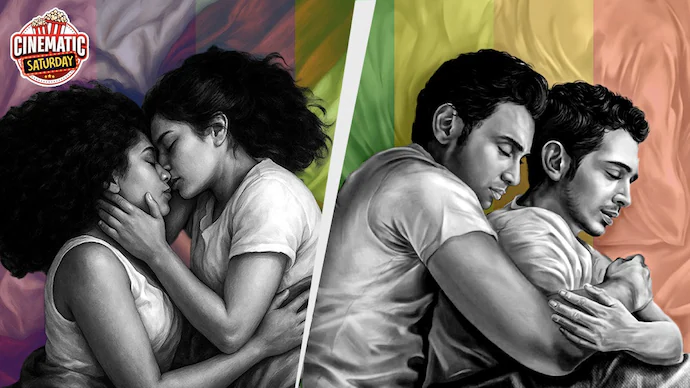

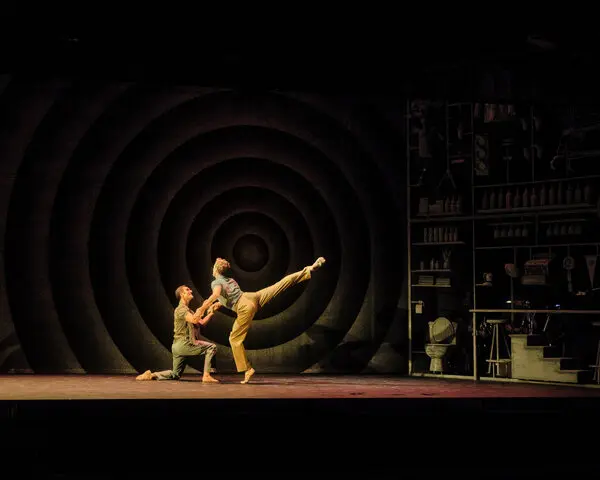
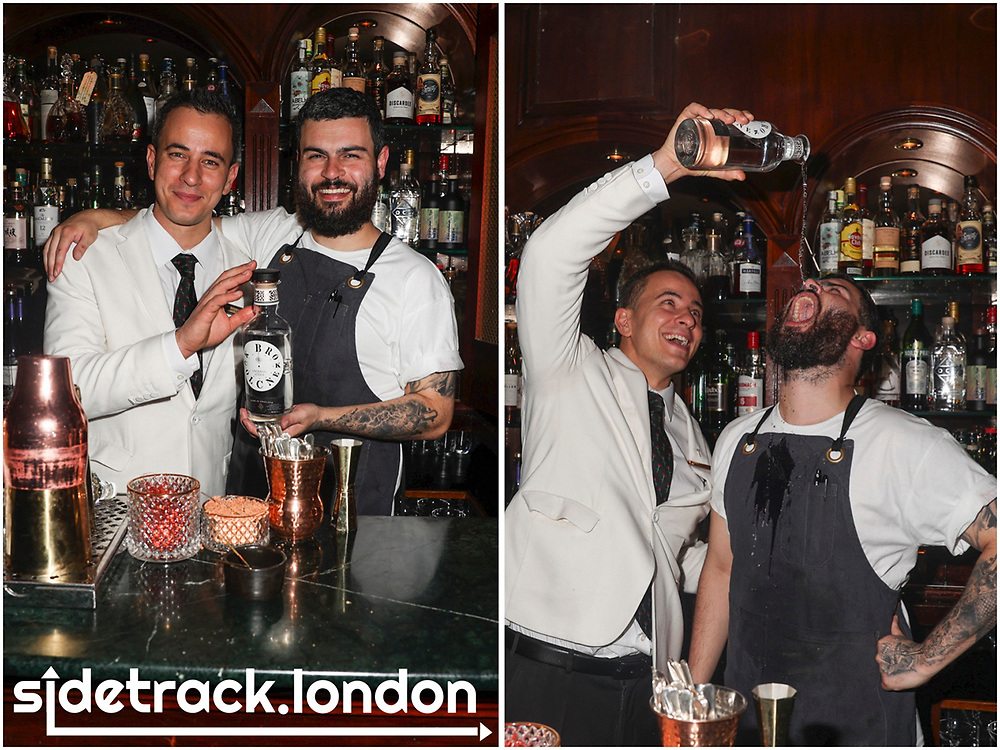

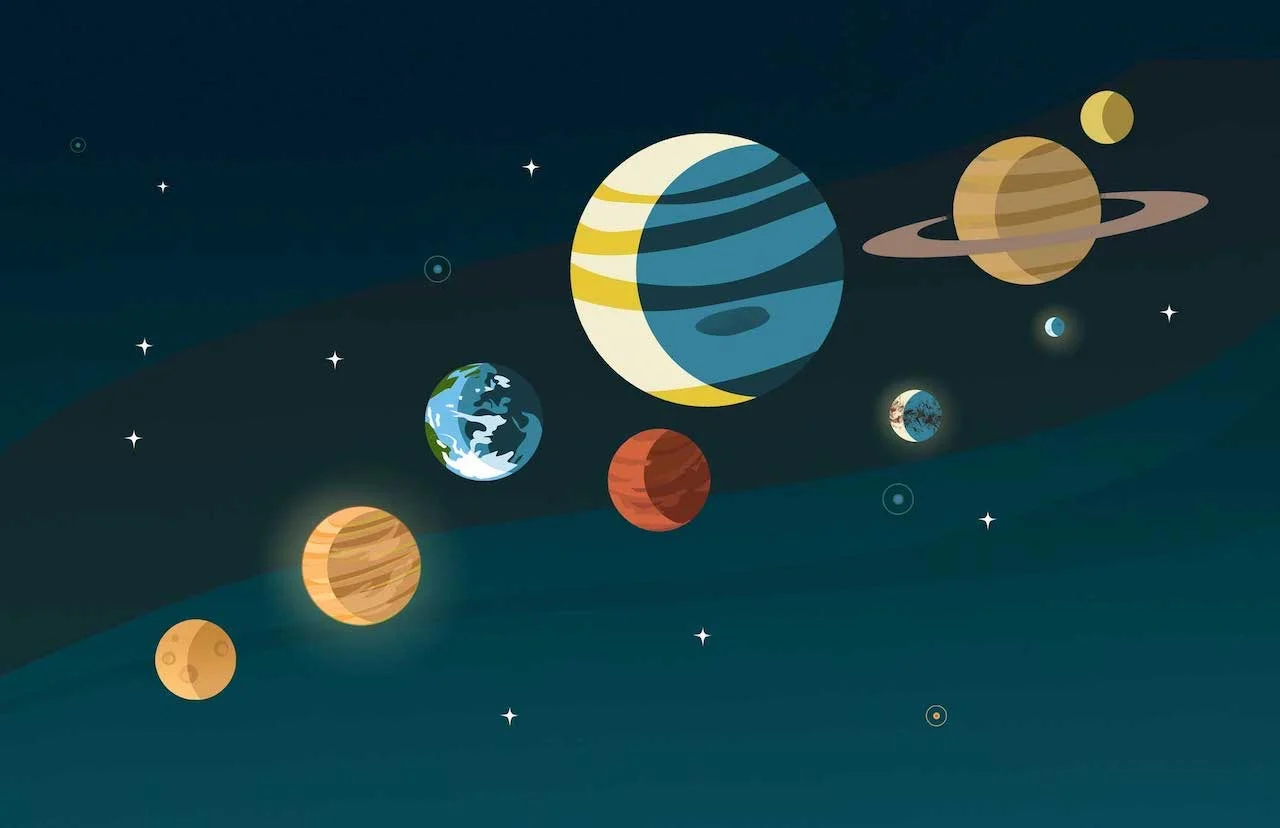
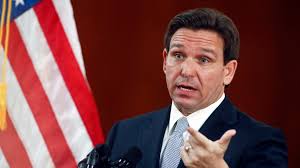
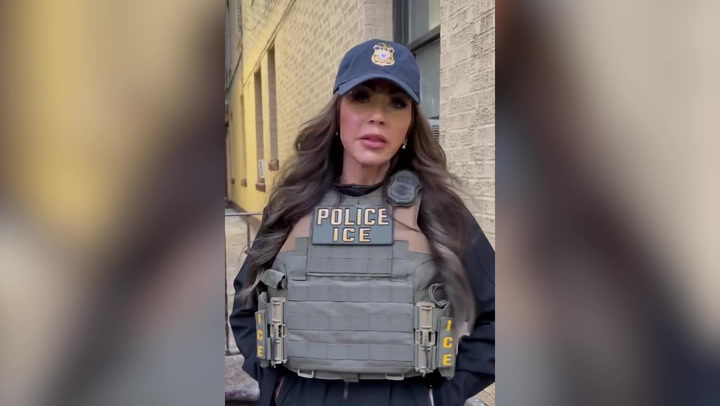
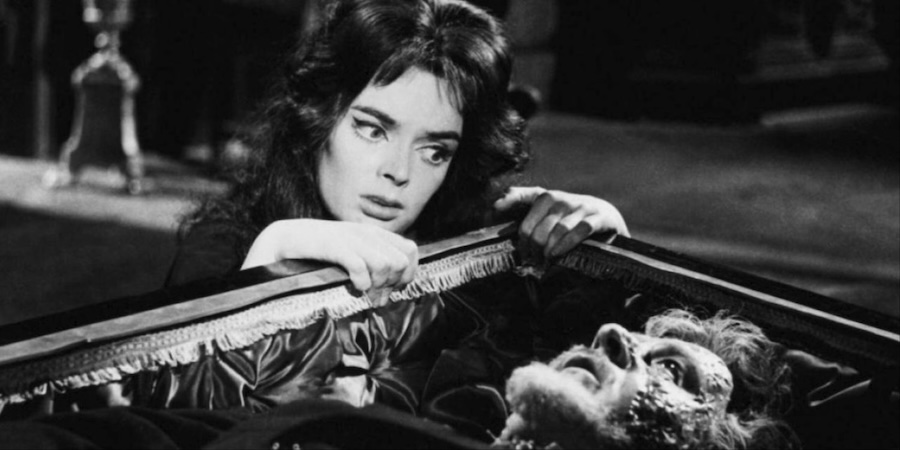
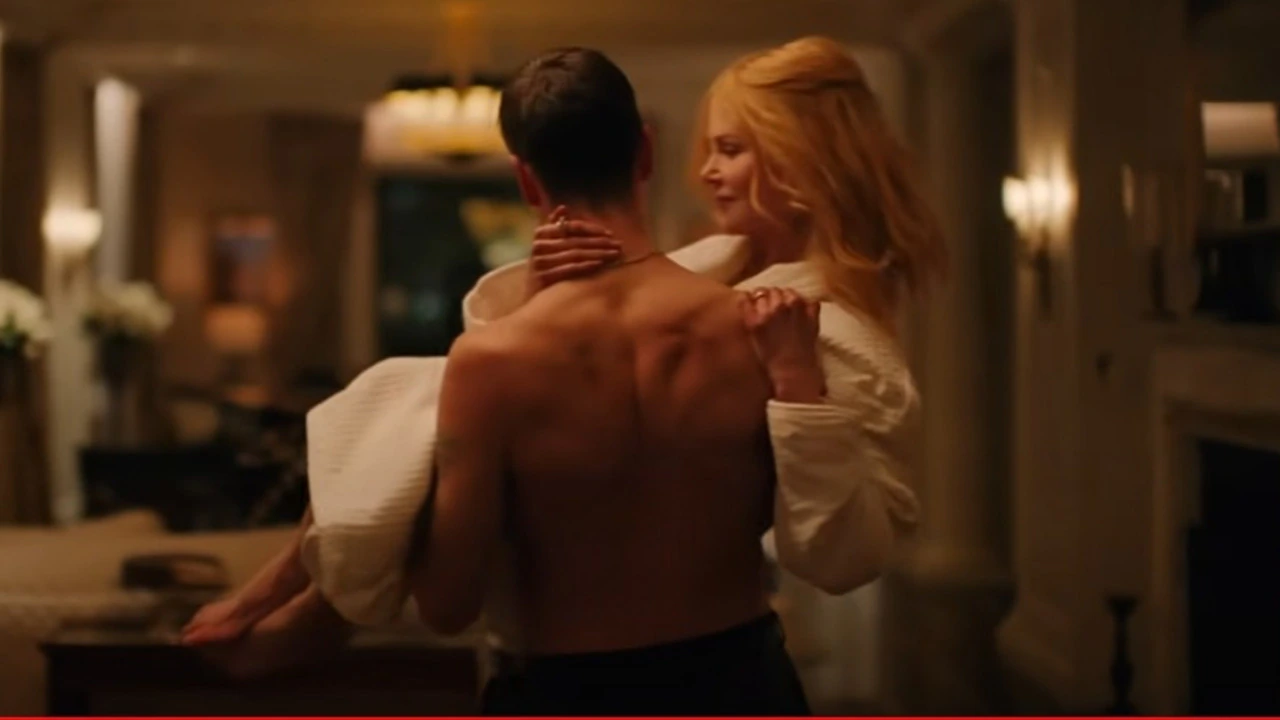
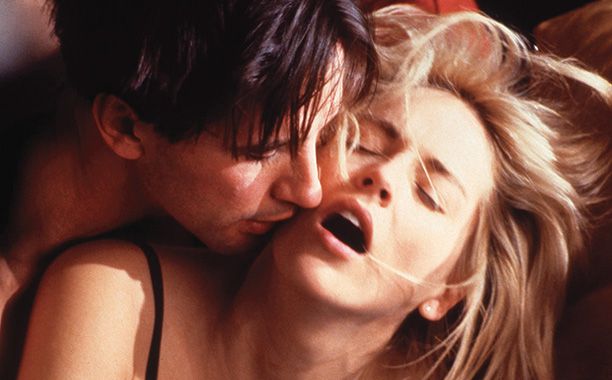
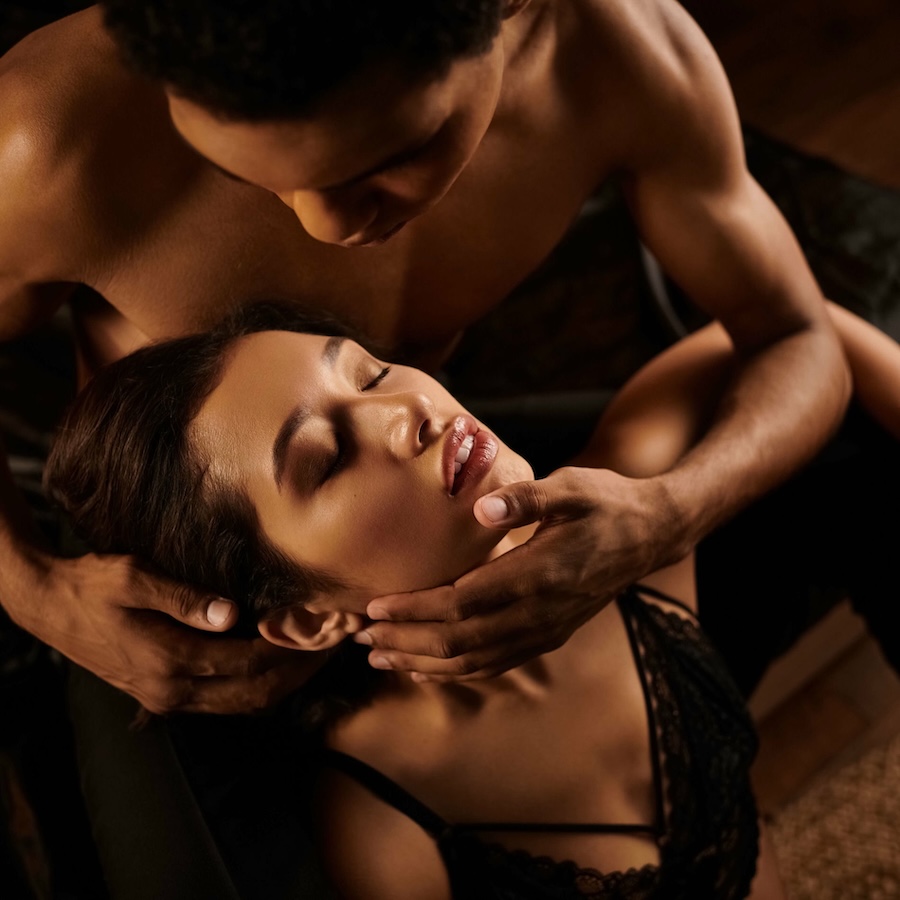
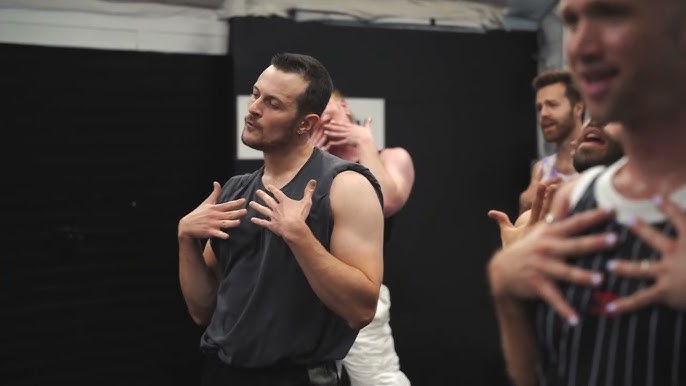
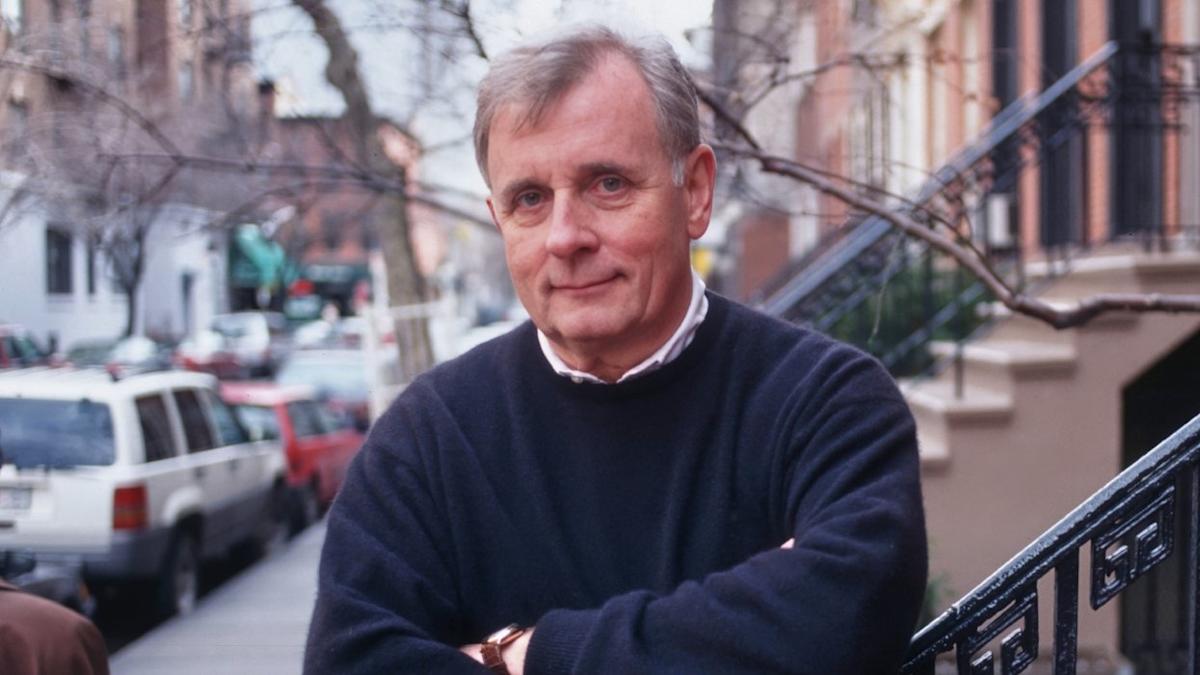
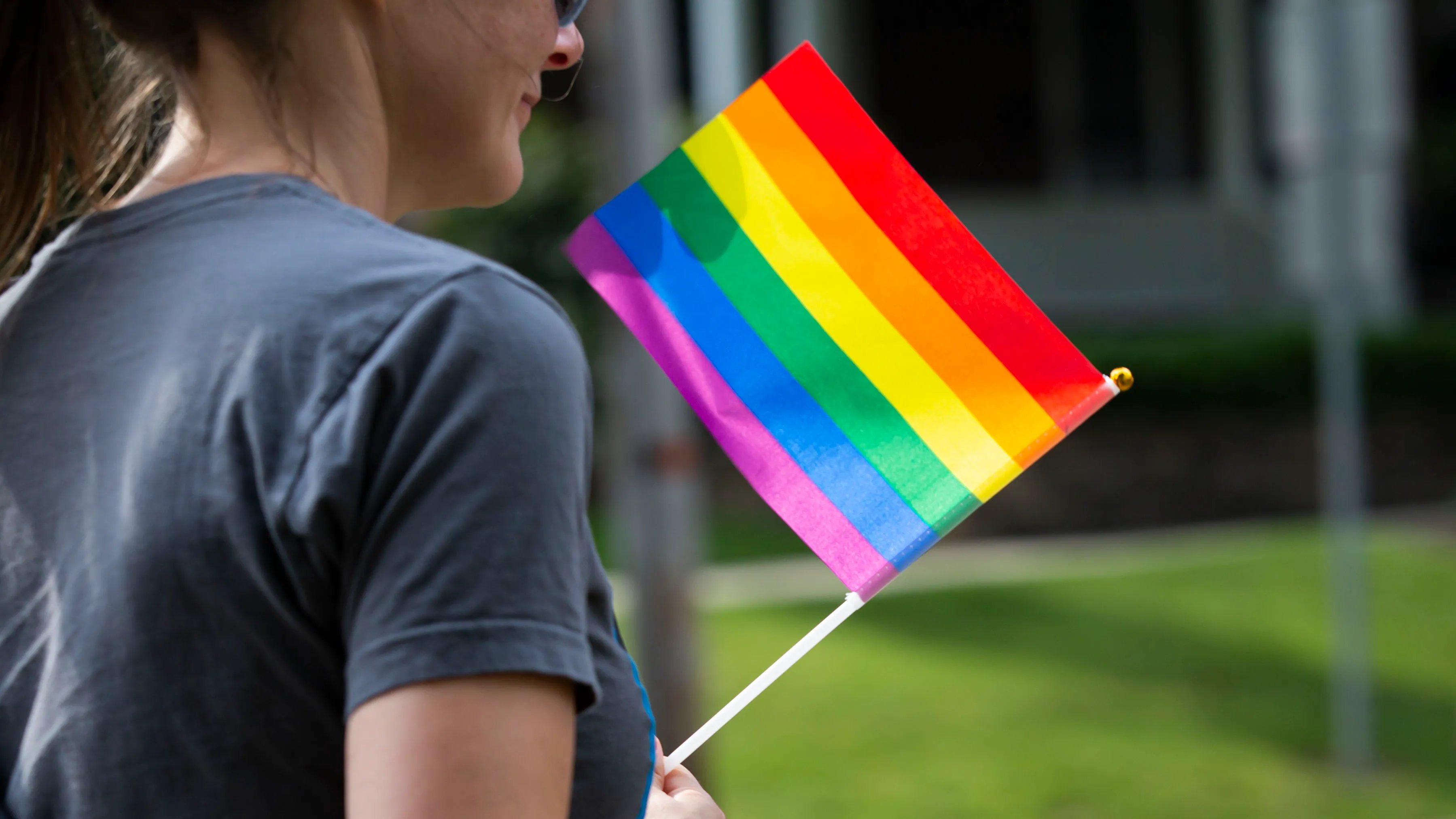
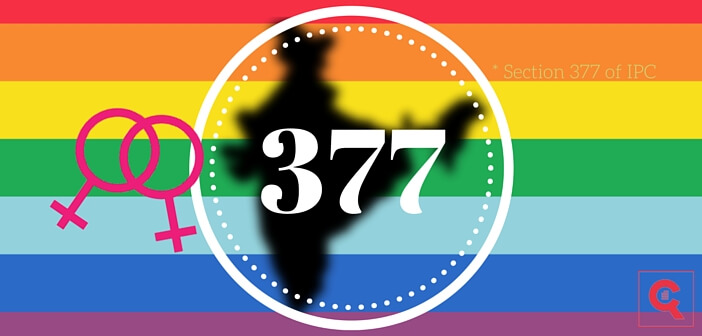
0 Comments